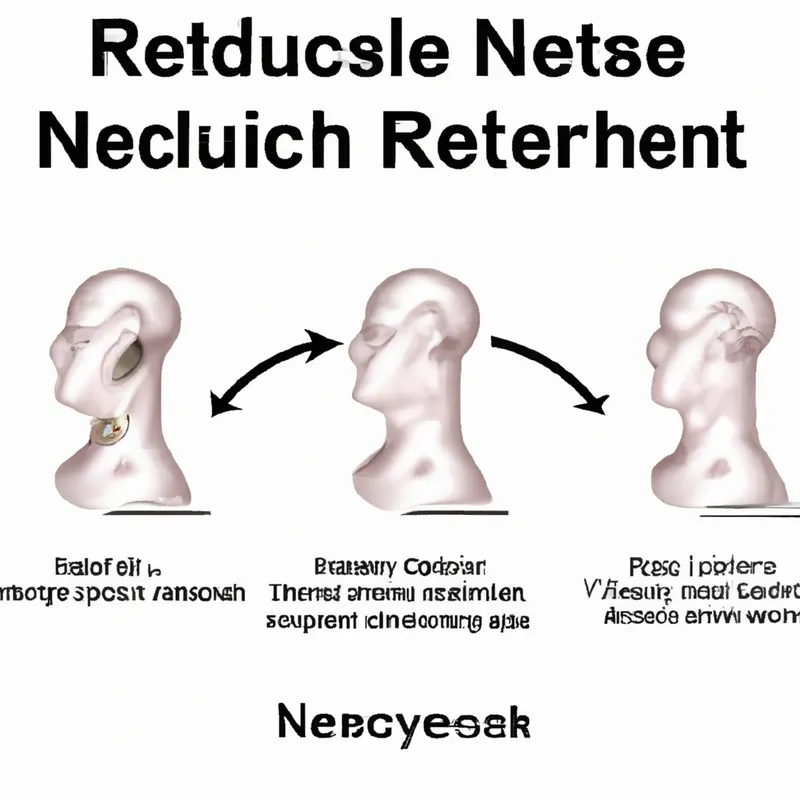Unlocking Neck Relief: Measuring Protocol Success
How to Measure the Efficacy of Different Neck Relief Protocols
Neck pain affects millions worldwide. It results from poor posture, stress, or injury. Finding relief is crucial. Not all neck relief protocols suit everyone. Measuring effectiveness helps identify the right solution. This blog guides you through assessing neck relief protocols.
Understand the Types of Neck Relief Protocols
Before measuring efficacy, learn about available neck relief options. Common protocols include:
– **Physical Therapy**: Guided exercises and stretches improve flexibility and strength.
– **Chiropractic Care**: Spinal adjustments correct misalignments.
– **Massage Therapy**: Techniques release muscle tension and improve circulation.
– **Self-Care Practices**: Heat application, ice packs, and ergonomic adjustments are effective.
Recognizing these protocols helps you choose which ones to evaluate.
Develop a Baseline Measurement
To gauge the success of a neck relief protocol, establish a baseline. Assess your current neck pain and mobility. Use these simple methods:
1. **Pain Scale**: Rate your neck pain from 1 to 10.
2. **Range of Motion**: Measure how far you can turn your head left and right.
3. **Activity Limitations**: Note daily activities that cause discomfort.
Document these measurements before starting any relief protocol. This provides a clear comparison later.
Track Your Progress Systematically
After choosing a neck relief protocol, track your progress. Monitor your symptoms to determine if the method works. Use these techniques:
Maintain a Pain Diary
Keep a daily log of your pain levels. Note changes in neck pain and their correlation with the protocol. Include specifics like:
– The protocol used
– Duration of use
– Additional factors (stress, sleep quality, etc.)
This diary reveals valuable insights over time. You can identify trends and patterns easily.
Use Standardized Assessment Tools
Consider using standardized assessment tools for objective measures. Tools like the Neck Disability Index (NDI) and the Visual Analog Scale (VAS) gauge your progress. These assessments quantify improvements in pain and functionality.
Set Timeframes for Evaluation
Establish specific intervals to assess your progress. For example, evaluate results weekly for the first month. Adjust the timeframe as necessary. Consistent evaluation keeps you on track.
Analyze the Results
After collecting data, analyze the results. Compare baseline measurements to progress over time. Look for trends in pain levels, range of motion, and activity limitations. Significant improvements suggest the protocol may be effective.
Consider Qualitative Feedback
In addition to quantitative data, pay attention to qualitative feedback. Reflect on how each protocol affects your overall well-being. Are you more relaxed after a massage? Do you notice less tension after physical therapy? This subjective feedback matters as much as numerical data.
Consult Healthcare Professionals
If you’re uncertain about your findings, consult a healthcare professional. They provide additional insights and help interpret results. Their expertise guides you in refining your approach or suggesting alternative protocols.
Benefits of Measuring Efficacy
Measuring the efficacy of neck relief protocols offers many advantages. First, it empowers you to make informed health decisions. You control your treatment plan. Second, understanding what works saves time and money. Avoid wasting resources on ineffective methods. Finally, measuring efficacy allows for tailored approaches. You can combine different protocols for optimal results.
Conclusion
Measuring the efficacy of neck relief protocols is essential for finding effective solutions. Start by understanding available options. Next, establish baseline measurements and track your progress systematically. Analyze results using both quantitative and qualitative data. Finally, consult healthcare professionals for guidance. By following these steps, you can navigate your path to relief confidently. Remember, your journey to a pain-free neck is a continual process of improvement.
Below are related products based on this post:
FAQ
What are the common types of neck relief protocols available?
Common neck relief protocols include physical therapy, chiropractic care, massage therapy, and self-care practices. Each option targets different aspects of neck pain, such as improving flexibility, correcting misalignments, relieving muscle tension, or implementing ergonomic adjustments.
How can I track my progress when using a neck relief protocol?
You can track your progress by maintaining a pain diary to log daily pain levels and details about the protocol used. Additionally, utilize standardized assessment tools like the Neck Disability Index (NDI) and the Visual Analog Scale (VAS) to measure improvements in pain and functionality. Setting specific evaluation timeframes also helps in monitoring changes over time.
Why is it important to measure the efficacy of neck relief protocols?
Measuring efficacy is crucial because it empowers you to make informed health decisions, saves time and money by avoiding ineffective methods, and allows for tailored treatment approaches. Understanding what works best for you can lead to more effective and personalized neck pain relief strategies.















Post Comment